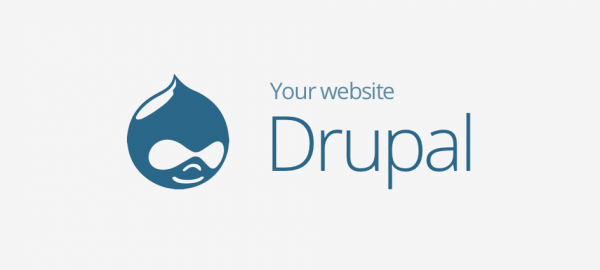Why would anyone learn a CMS other than WordPress? With almost 60% of the world’s active websites, WordPress has a huge presence. So, with less than 5% of websites, why is anyone interested in learning Drupal for beginners? Here we give some good reasons as to why Drupal may be of interest and set out the steps to get started with implementation.
Choosing a content management system (CMS) for a website usually begins with the 3 “classic” CMSs, WordPress, Joomla, and Drupal. The choice tends to be a compromise between ease of use (for development) and functionality, where WordPress is the easiest to use and Drupal has the best functionality.
Looking at some of the Drupal sites, it’s clear that it’s able to support some fantastic sites in very diverse sectors, such as:
- The University of Oxford’s website which was redesigned by Torchbox. They trialled Drupal, as it’s Open Source, so new modules would continue to be developed, but at a lower cost than competitors. Having set up the Wappalyzer plugin they were impressed with the quality.
- Pinterest for Business worked with Phase2 to develop a new suite for marketing, business and community. They used Pattern Lab, which facilitates the development of modern themes that adhere to a pre-defined brand and user experience.
Drupal is an excellent choice for complex sites that require security, stability and performance. However, Drupal was designed by developers for developers so requires a higher level of technical know-how than, say, WordPress.
Drupal for beginners – install demo application
You can quickly create a temporary Drupal application suitable for demo and familiarisation. You will need a local machine with a command-line interface and PHP 5.5.9 or later.
Install Drupal into a new directory:
- mkdir drupal
- cd drupal
- Download the latest tar.gz file from the Drupal website [4] and decompress it
Install and configure Drupal using PHP:
php core/scripts/drupal quick-start demo-umami
This will quickly build a working Drupal environment consisting of a PHP webserver, an SQLite database and the Umami profile.
Drupal for beginners – install Drupal
You can also install manually to your website. You will need a website that complies with minimum requirements and a MySQL database.
Again, create a /drupal directory, download the tar.gz file from the Drupal website and decompress it.
Configure the installation by firing up the URL and running the installation wizard. Choose Standard for the installation profile; this will build the Drupal environment. Finally, configure the site name and email address etc.
Create content
In the toolbar, click on Manage to expand the toolbar and click on Content. In the Content page, click on Add Content and add an Article. Use the Editor to type the content (rich formatting is available) and add tags and an image. Use the right-hand menus to configure settings for your article.
Set a theme
Drupal themes set the appearance of a website. There is a wide set of standard themes available on the Drupal site such as Adminimal the administration theme.
Download the tar.gz for a theme from the Drupal site and install using the administrative menu
You now have a working Drupal website with a theme. If you’re ready to host your website, head over to Register365.com for everything you need to get you started.
